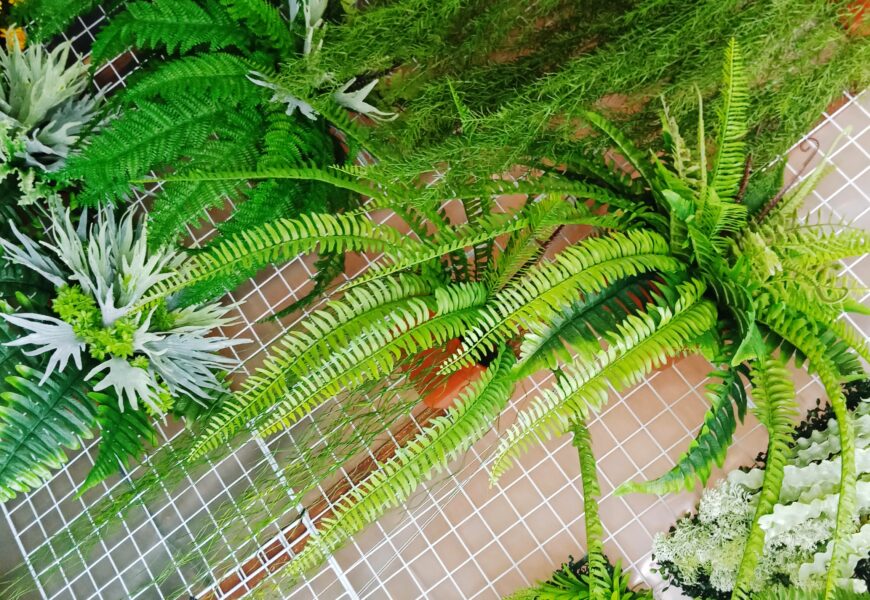Transform your compact living space into a lush paradise with vertical gardening! This innovative gardening technique makes the most of limited space while creating stunning green displays. Whether you have a tiny balcony or just a bare wall, vertical gardening opens up endless possibilities for growing your urban jungle.
Why Choose Vertical Gardening?
Vertical gardens aren’t just space-savers; they’re conversation starters and natural air purifiers. They can:
- Maximize growing space in small areas
- Create privacy screens
- Reduce ambient temperature
- Improve air quality
- Add aesthetic value to plain walls
Planning Your Vertical Garden
Choosing the Right Location
Success starts with selecting the perfect spot for your vertical garden. Consider:
- Light Exposure
- Assess available natural light
- Track sun patterns throughout the day
- Choose plants that match your light conditions
- Wall Strength
- Ensure walls can support your chosen system
- Check for water damage risks
- Consider weight distribution
- Accessibility
- Make sure you can reach all plants for maintenance
- Plan your watering system
- Allow room for growth

Types of Vertical Garden Systems
1. Pocket Planters
Perfect for herbs and small plants, these fabric or plastic pouches attach directly to walls.
Pros:
- Affordable and easy to install
- Ideal for herbs and small plants
- Simple to replace individual plants
Cons:
- Limited root space
- May need frequent watering
- Can look messy if not maintained
2. Modular Systems
These pre-made panels create a polished, professional look.
Pros:
- Creates uniform appearance
- Built-in irrigation options
- Easy to expand
Cons:
- Higher initial cost
- Requires proper installation
- May need professional setup
3. DIY Pallet Gardens
Upcycled wooden pallets make excellent vertical gardens.
Pros:
- Cost-effective
- Customizable
- Sustainable option
Cons:
- Requires preparation work
- Limited longevity
- Heavier than other options
Best Plants for Vertical Gardens
For Sunny Locations
- Succulents and sedums
- Petunias
- Herbs like basil and oregano
- Cherry tomatoes
- Strawberries
For Shaded Areas
- Ferns
- Philodendrons
- Pothos
- Peace lilies
- Moss varieties
Essential Maintenance Tips
Watering Systems
Choose from:
- Drip irrigation
- Self-watering systems
- Manual watering
- Misting systems
Consider your time availability and budget when selecting a watering method.
Seasonal Care
Spring
- Check for winter damage
- Replace dead plants
- Add slow-release fertilizer
- Prune overgrowth
Summer
- Increase watering frequency
- Monitor for pest issues
- Harvest edible plants regularly
- Trim excessive growth
Fall
- Reduce watering
- Remove annual plants
- Protect sensitive plants
- Check support systems
Winter
- Maintain minimal watering
- Protect from frost
- Monitor indoor heating effects
- Plan for spring updates
Common Challenges and Solutions
1. Watering Issues
- Install moisture meters
- Use self-watering systems
- Group plants with similar water needs
2. Plant Health
- Regular inspection for pests
- Proper spacing between plants
- Good air circulation
- Appropriate fertilization
3. Maintenance Access
- Install permanent platforms if needed
- Use telescoping tools
- Plan maintenance schedule
- Keep spare parts handy
Budget-Friendly Tips
- Start small and expand gradually
- Use recycled materials when possible
- Propagate your own plants
- Join plant exchange groups
- Make your own compost
Vertical gardening is an exciting way to bring nature into small spaces. With proper planning and maintenance, you can create a thriving garden that grows up instead of out. Start your vertical garden journey today and watch your space transform into a green paradise!





